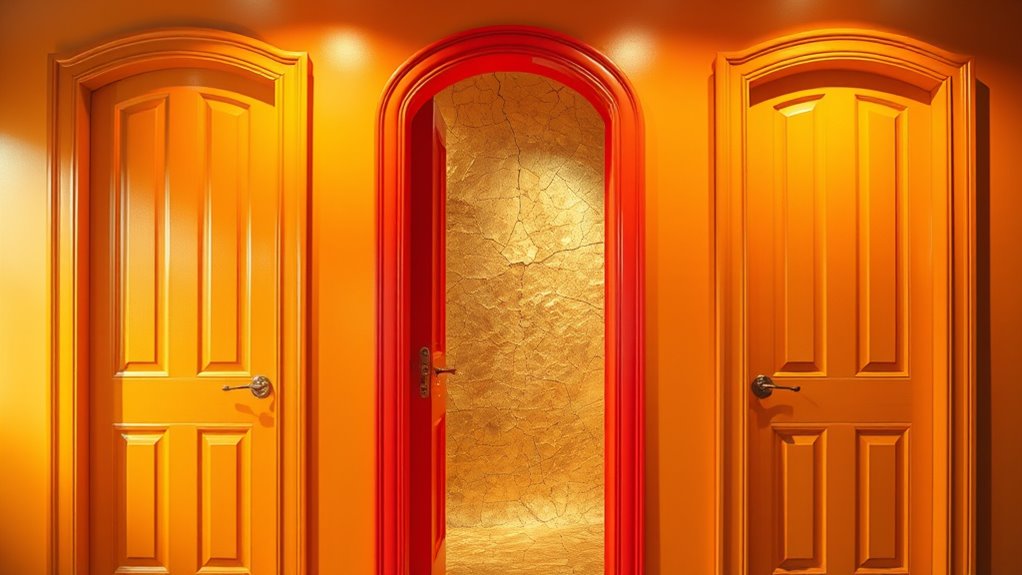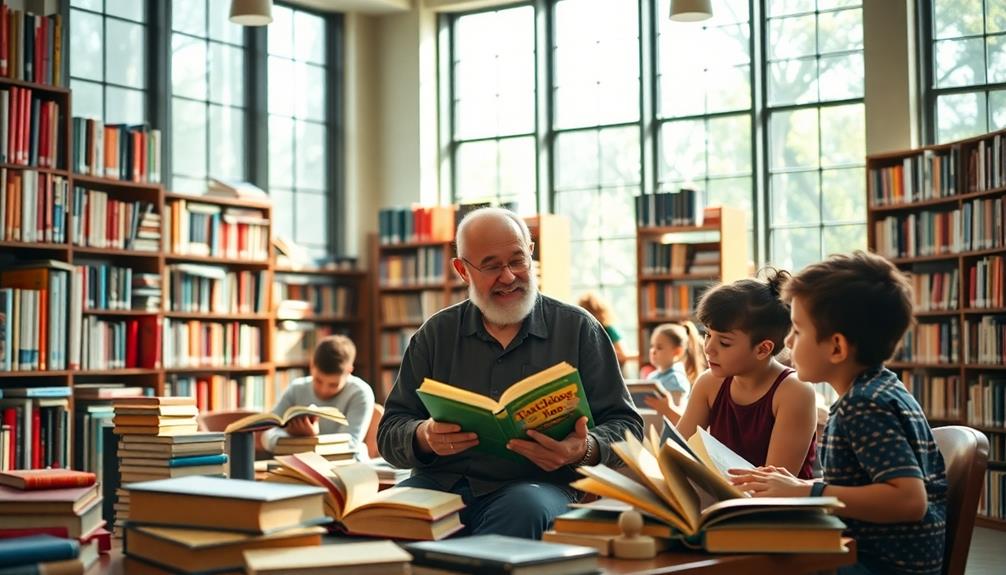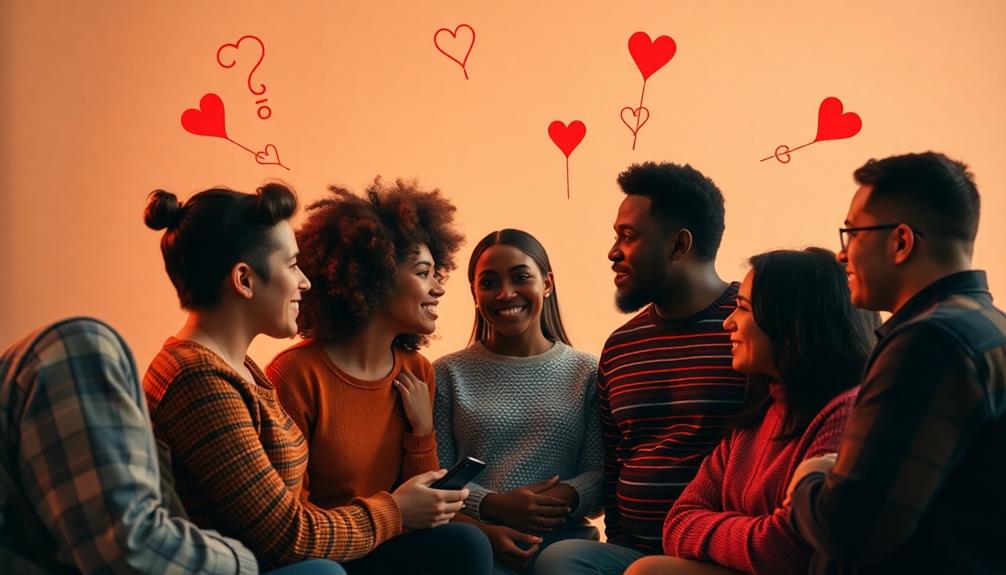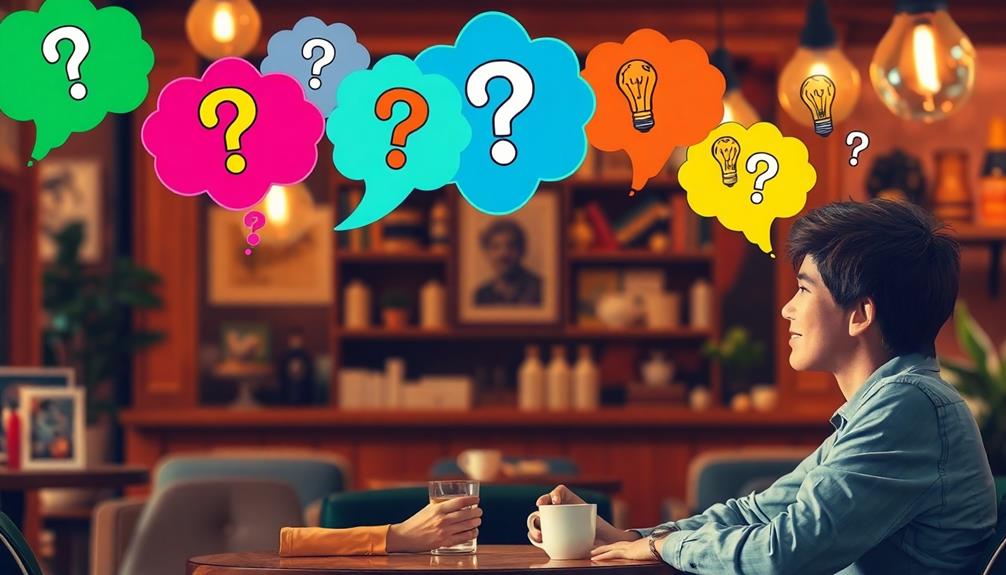Your intuition tells you that after a door is opened to show a goat, the chances are fifty-fifty between staying or switching. But the host’s knowledge changes the game: initially, there’s only a one-third chance your choice is correct, while two-thirds are behind other doors. When a goat is revealed, those odds shift—the remaining unopened door then has a two-thirds chance of hiding the prize. If you keep going, you’ll uncover why switching really increases your odds.
Key Takeaways
- Intuition often wrongly assumes equal probabilities after a door is revealed, ignoring the host’s knowledge and deliberate reveal.
- The initial choice has a 1/3 chance of being correct, so switching after a goat is revealed increases winning odds to 2/3.
- The host’s action provides crucial information that shifts probabilities, which intuitive reasoning tends to overlook.
- People mistakenly believe the remaining doors are equally likely, ignoring the probability update based on the host’s reveal.
- Proper understanding of Bayesian probability shows that switching maximizes chances, revealing why intuition often fails.
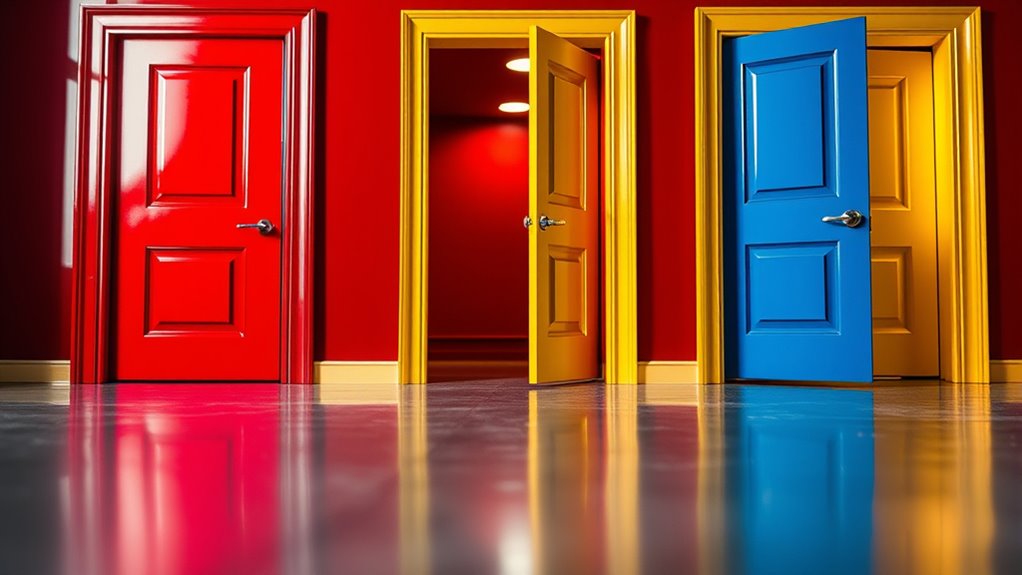
Have you ever wondered whether switching your choice in a game show increases your chances of winning? This question is at the heart of the Monty Hall problem, a famous puzzle that confounds intuition. Many people fall into probability misconceptions, believing that after one door is opened, the odds are equal between sticking and switching. But in reality, understanding the problem requires a grasp of game theory strategies and how probabilities shift based on new information.
Initially, when you pick one of three doors, your chances of selecting the prize are 1 in 3. At this point, it seems logical to believe that the odds are equal whether you stay or switch. However, the key insight is that the game is dynamic; the host’s actions provide valuable information that alters the probabilities. When the host, who knows what’s behind each door, opens one of the remaining doors to reveal a goat, he’s not doing so randomly. Instead, he’s deliberately revealing a non-prize door, which affects the distribution of probabilities.
The host’s reveal provides crucial information that shifts the probabilities in your favor.
If you stay with your original choice, your chances of winning remain 1 in 3. But if you switch, your chances jump to 2 in 3. This counterintuitive outcome stems from the fact that your initial choice was unlikely to be correct, and the host’s reveal effectively consolidates the probability onto the remaining unopened door. Many people mistakenly think that after the host opens a goat door, the odds reset to 50-50, but that’s not true. The host’s reveal changes the game’s structure, and game theory strategies show that switching maximizes your chances.
Understanding why switching works involves recognizing how probabilities are updated with new information. When you first choose a door, the probability that you’ve picked the prize is 1/3, leaving a 2/3 chance that the prize is behind one of the other two doors. After the host opens a door with a goat, the 2/3 probability doesn’t split evenly but shifts entirely onto the remaining unopened door, because the host’s choice was constrained by his knowledge. This means that switching leverages the host’s deliberate action, turning the odds in your favor.
In essence, the Monty Hall problem reveals how our intuition often misjudges probabilities and how game theory strategies can clarify the correct decision. Instead of sticking, switching is statistically more advantageous, but it’s a lesson in how probability misconceptions can mislead us. Recognizing the underlying principles helps you see past the initial gut feeling and make smarter choices based on the true structure of the game. Additionally, understanding the probability distribution behind the problem can further clarify why the odds behave as they do.
Frequently Asked Questions
How Does the Monty Hall Problem Relate to Real-World Decision Making?
You face many real-world decisions influenced by heuristics biases and risk perception. The Monty Hall problem shows how intuition can mislead you, highlighting that reevaluating initial choices often improves outcomes. In everyday life, understanding this helps you avoid biases, like sticking with familiar options or misjudging risks. Recognizing these patterns enables smarter decisions, whether in finance, health, or relationships, by encouraging you to think critically beyond instinct.
Can the Problem Be Adjusted for More Than Three Doors?
You can definitely adjust the problem for more than three doors, creating multi-door variants. This makes the decision-making more complex, as you need to contemplate a larger set of options and probabilities. In these scenarios, staying with your initial choice or switching becomes less intuitive but still affects your chances of winning. Understanding the underlying probability helps you make smarter choices in complex decision-making situations with multiple options.
What Are Common Misconceptions About the Monty Hall Problem?
Many misconceptions cloud your understanding of the Monty Hall problem. You might believe that switching doors makes no difference, but this misleading intuition stems from incorrect assumptions about probability. People often overlook that the initial choice has a one-in-three chance of being correct, and that the host’s reveal shifts the odds. Clarifying these misconceptions helps you see that staying or switching dramatically alters your chances of winning.
How Does Probability Change if Monty Hall Reveals a Different Door?
When Monty Hall reveals a different door, your probability changes based on conditional probability and your initial door selection. If you stick with your original choice, your chances stay the same. But if you switch, your odds increase because Monty’s reveal provides new information, updating the probability. This shift highlights how conditional probability influences your decision, making switching a smarter move even if it seems counterintuitive at first.
Are There Psychological Reasons Why Intuition Fails in This Problem?
Imagine your mind is a ship steering through foggy waters; cognitive biases cloud your judgment. You might instinctively overestimate risks or cling to initial beliefs, causing intuition to misfire. In this problem, risk perception and cognitive biases, like the status quo bias, lead you astray. These psychological barriers make it hard to see the better choice, revealing how deeply our minds are wired to resist statistical truth.
Conclusion
Imagine standing at a game show, doors in front of you—one hiding a prize, the others empty. Your gut might urge you to stick, but the reveal behind the first door changes everything. Like flipping a coin in the rain, your intuition can mislead you, while the smarter choice—switching—stands clear. In this game of chance, your instincts are the fog, but understanding the odds clears the way to winning.
